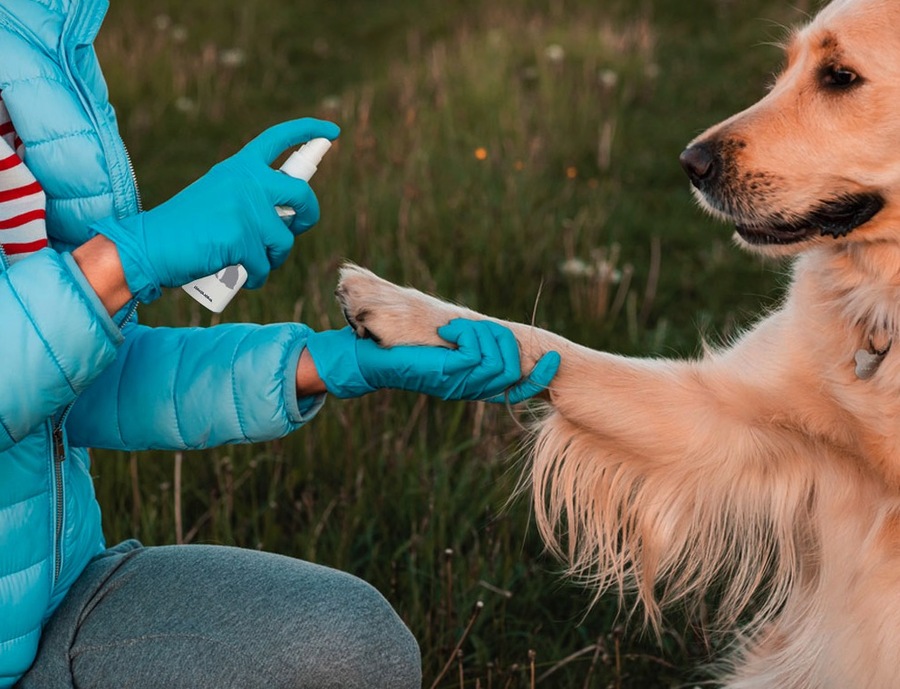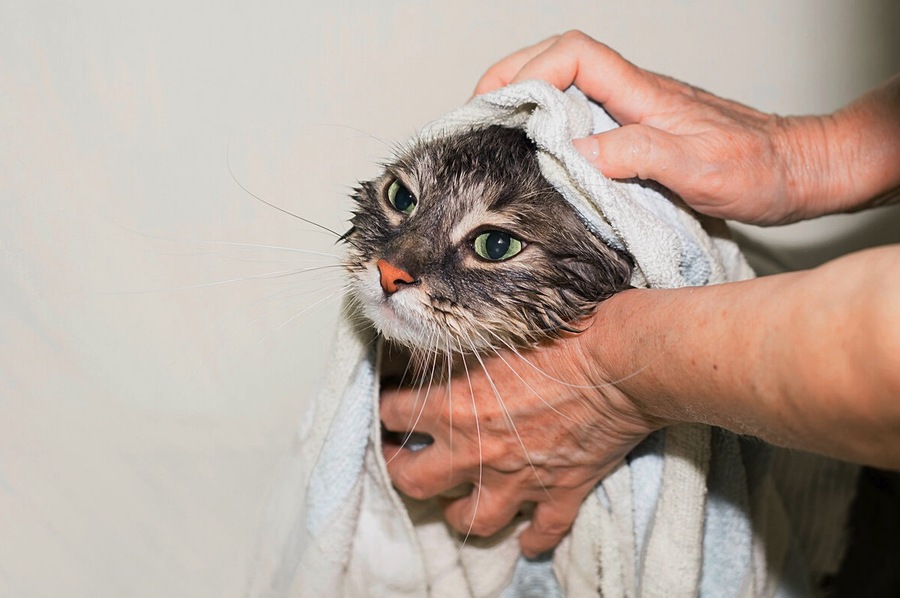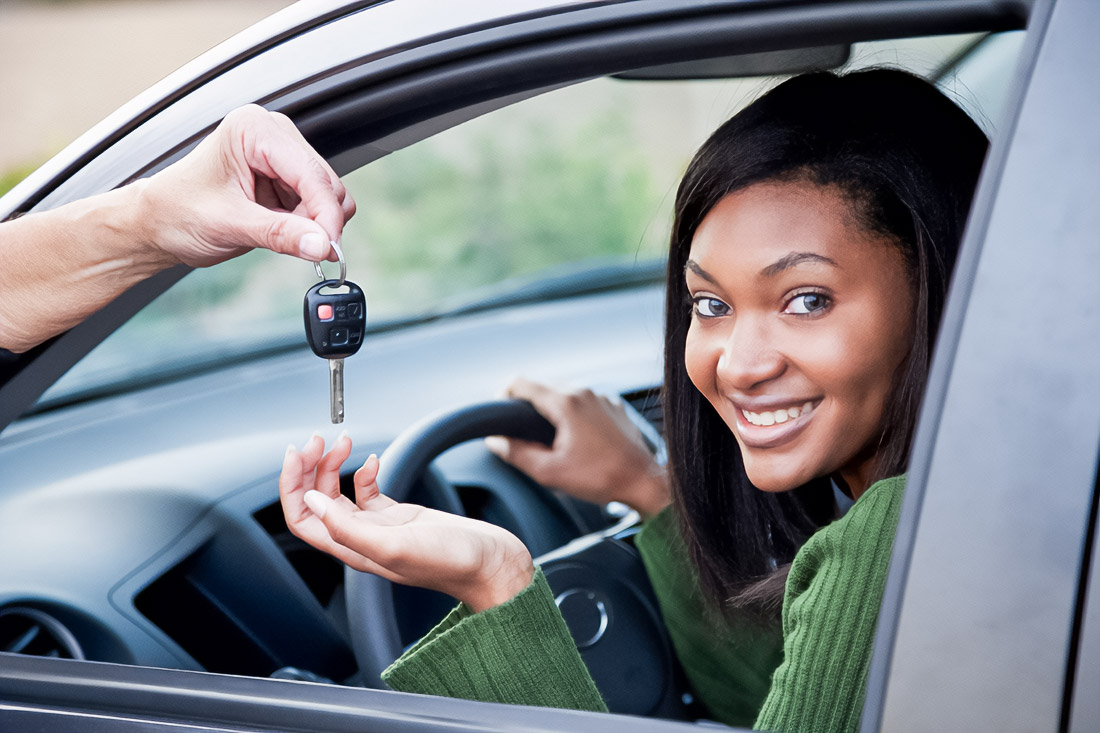Educating children about pet hygiene and worm treatment is crucial for maintaining both pet and family health. Proper pet care helps prevent health issues, including worm infestations, which can have serious implications. This article explores effective strategies for teaching children about pet hygiene, the role of worm treatment, and the benefits of involving children in these responsibilities.
Page Content
Understanding Pet Hygiene
Basics of Pet Hygiene
Pet hygiene involves regular grooming, such as brushing and bathing, to maintain a healthy coat and skin. It also includes cleaning living spaces like litter boxes and bedding to prevent the buildup of bacteria and parasites. Ensuring that pets are clean reduces the risk of skin infections and parasite infestations.
Common Hygiene-Related Health Issues
Poor hygiene can lead to various health problems for pets. Skin infections caused by bacteria or fungi can develop if a pet’s fur is not kept clean. Parasite infestations, including fleas, ticks, and worms, are common issues that arise from inadequate hygiene practices.
Health Risks Associated with Worm Infestations
Worm infestations can cause significant health issues in pets, including gastrointestinal problems, nutritional deficiencies, and in severe cases, organ damage. Additionally, some worms, like roundworms and hookworms, can be transmitted to humans, posing a zoonotic risk.

Effective Teaching Methods
Age-Appropriate Education
Tailoring educational content to the age of the child is essential. Younger children can understand simple concepts about cleanliness and why it’s important to keep their pets clean. Older children can grasp more complex ideas about parasites and the specifics of worm treatments.
Interactive Learning
Interactive methods such as games, activities, and visual aids can make learning about pet hygiene more engaging. For example, using charts and diagrams to explain the lifecycle of worms can help children visualize and understand the importance of worm treatment.
Storytelling and Analogies
Relating pet care to personal hygiene through storytelling and analogies can be effective. Explaining that just as people need to brush their teeth and wash their hands, pets need regular grooming and hygiene care helps children make connections.
Practical Involvement
Daily Hygiene Tasks for Children
Involving children in daily pet care tasks helps them learn responsibility. Simple tasks such as brushing the pet, cleaning and refilling water and food bowls, and picking up pet toys can be part of their routine.
Weekly and Monthly Responsibilities
Children can help with more extensive tasks such as bathing the pet and assisting with deworming treatments under adult supervision. These activities teach them the importance of regular maintenance in preventing health issues.
Monitoring and Reporting
Encouraging children to observe and report any unusual behavior or symptoms in pets fosters attentiveness and early detection of potential health problems. Teaching them to look for signs of illness, such as changes in appetite or behavior, can be valuable.
Building Good Hygiene Habits
Routine Establishment
Establishing a consistent pet care schedule helps children develop good hygiene habits. Setting specific times for feeding, grooming, and cleaning ensures that these tasks become part of their daily routine.
Positive Reinforcement
Rewarding children for consistently taking care of their pets can reinforce positive behavior. Simple rewards such as praise or a small treat can motivate them to maintain good hygiene practices.
Addressing Challenges
Overcoming Fear and Hesitation
Some children may be hesitant or fearful about certain aspects of pet care, such as handling worms or cleaning up after the pet. Gradual introduction to these tasks, along with reassurance and support, can help them overcome these fears.
Ensuring Consistency
Maintaining consistency in pet care can be challenging, especially with busy family schedules. Regular reminders and check-ins can help ensure that children stay on track with their responsibilities.

Benefits of Educating Children
Enhanced Responsibility and Empathy
Teaching children about pet hygiene and care fosters a sense of responsibility and empathy. They learn to understand the needs of their pets and the importance of taking care of another living being.
Healthier Pets and Family
Proper pet hygiene and regular worm treatment reduce the risk of infestations and associated health issues. This contributes to the overall health of both pets and family members, minimizing the risk of zoonotic diseases.
Long-Term Positive Impact
Involving children in pet care teaches them valuable life skills and habits that can benefit them in the long run. These lessons in responsibility, empathy, and hygiene can extend to other areas of their lives.
Conclusion
Educating children about pet hygiene and worm treatment is essential for maintaining a healthy household. By using effective teaching methods, involving children in practical tasks, and addressing challenges, parents can help their children develop good hygiene habits. This not only ensures healthier pets but also fosters a sense of responsibility and empathy in children. For more comprehensive advice and services, consider consulting with facilities like The Ark.









